Nakatsugawa-Oi hiking course takes you through the center of Nakatsugawa-juku, along the Nakasendo road through rural areas, and to Oi-juku in downtown Ena City. There are no famous shrines, temples, or historic sites along the route. However, the stone Buddha statues scattered along the route and the winding road with its undulations make this course a good way to recall the old days. All walking is on paved roads, and there is no heavy traffic.
The entire course is about 13 km, so it will take about 4 hours just to walk. If you consider the visits to museums and art galleries, lunch, etc., you will need 5 to 6 hours to complete this course.
Nakatsugawa-Oi Course Highlights
Go straight on the road in front of JR Nakatsugawa Station, and after a while you will cross the Nakasendo road. Turn left (east) to Magome-juku and right (west) to Oi-juku. Turning in the direction of Oi-juku, you will come to a shopping street with old buildings mixed in here and there.
Nakatsugawa-juku
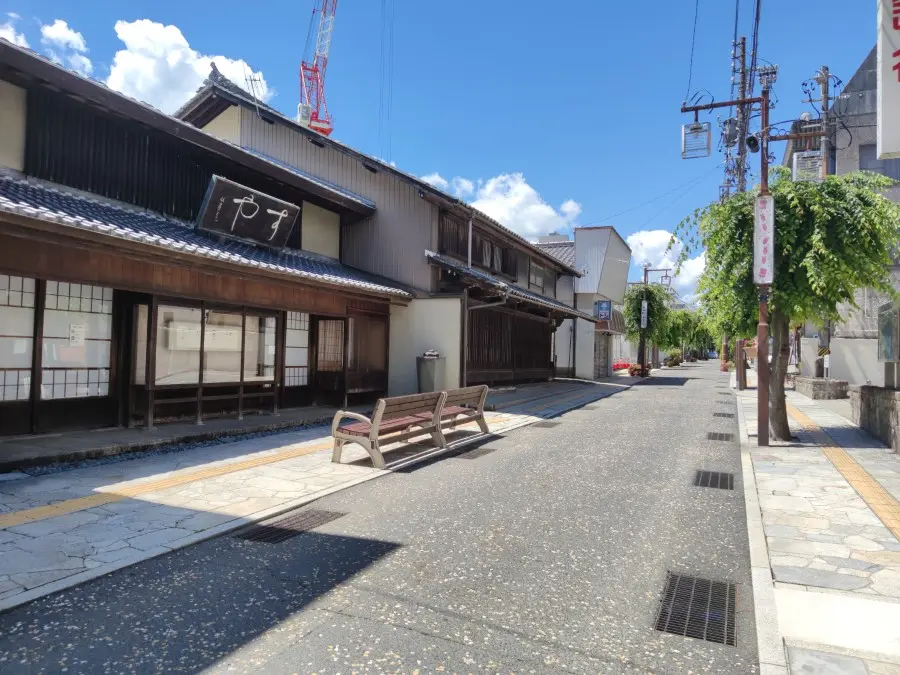
A little further down the street is Katsura Kogoro’s hideout, but now there is only a signboard. There used to be a restaurant called “Yakeyama” around here, where Kogoro Katsura (later Takayoshi Kido) had a secret meeting with Yoshichika Mori, the feudal lord of Choshu, for three days at the end of the Edo period in 1862. It is said that the meeting is called the “Nakatsugawa Conference” or “Nakatsugawa Meeting”. As a result of this meeting, the Choshu had changed its policy from a combination of public and military power to one of “reverence for the king and expulsion of the barbarians”. The result of the Choshu clan’s change of policy greatly influenced Japan’s subsequent history.
After a while, you will come to Nakatsugawa City Nakasendo Historical Museum. It is located in the area where the remains of the honjin and wakihonjin of Nakatsugawa-juku used to be. In addition to historical materials such as the Nakatsugawa meeting, the museum also has an exhibit of ukiyoe (woodblock prints) by Hiroshige Utagawa and others, which depict the 69 posts of the Kiso Kaido (Nakasendo) Road. If you have time, it is recommended to stop by.
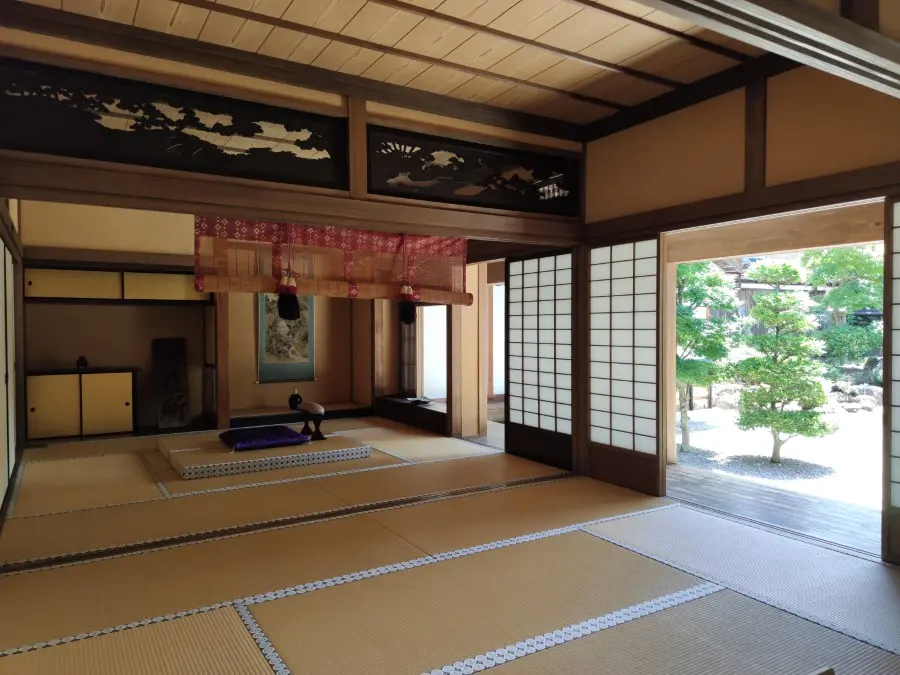
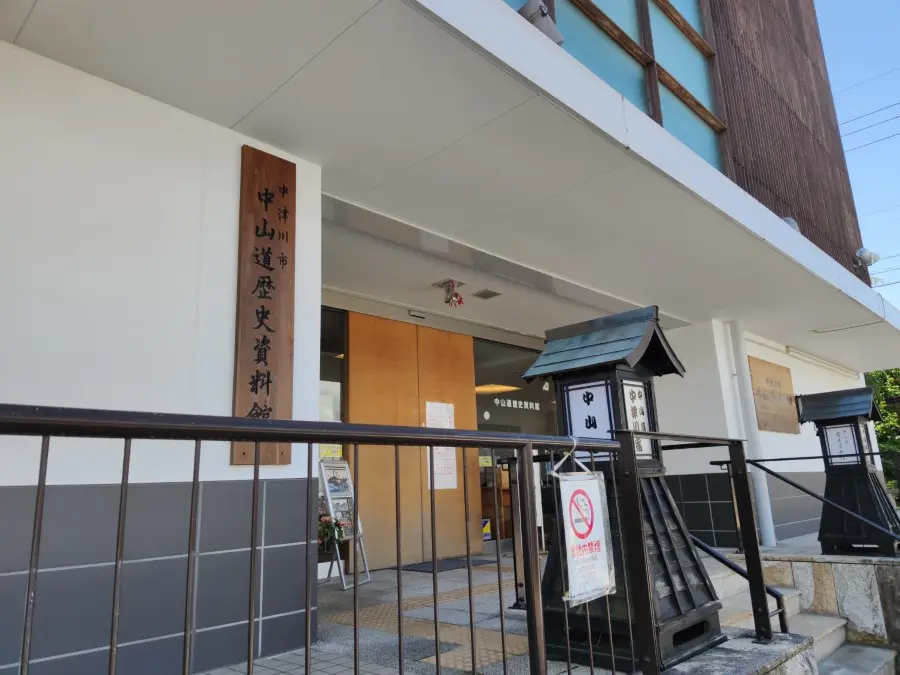

Across the street from the museum is the site of the Nakatsugawa village headman’s office. It is an udatsu-lined old private house. Nakatsugawa was under the control of the Owari clan during the Edo period. But in reality it was more like an autonomous community of townspeople. It seems that the village headman was in charge of practical affairs.

After proceeding for a while, you will see Masugata, which is a typical feature at the edge of a post town. This area seems to retain the vestiges of Nakatsugawa-juku the most.
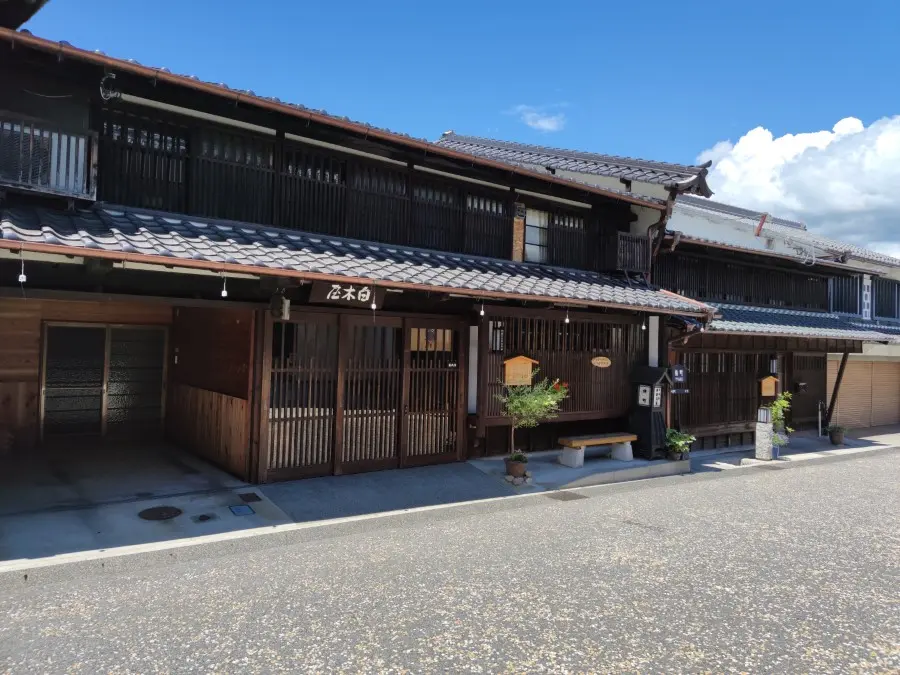
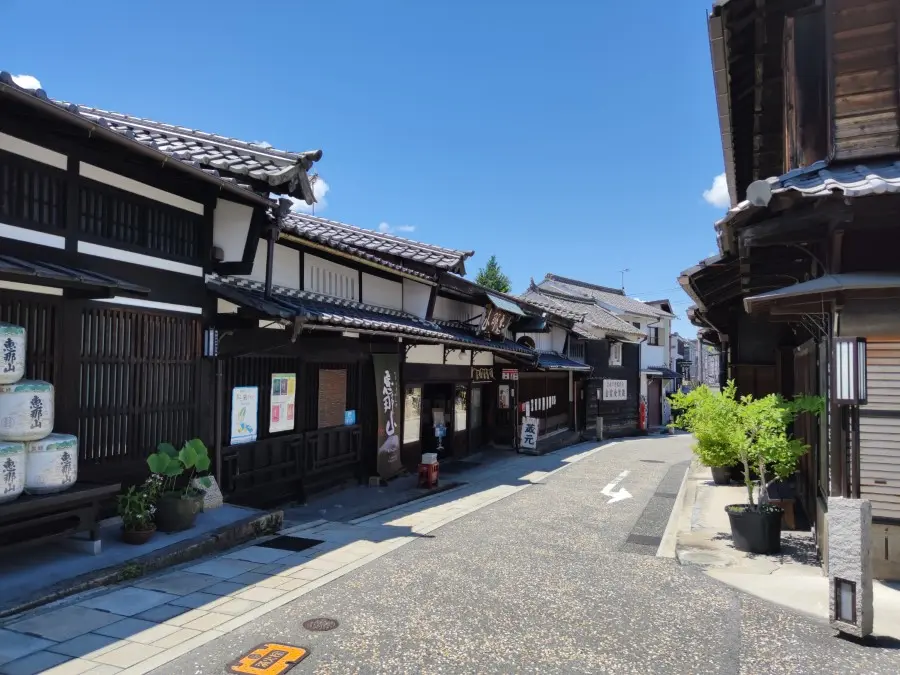

Rural area
The Nakasendo gradually passes through rural areas. There are a number of fine historical sites, such as the Kosatsuba, a stone monument at Sakamoto-juku on the ancient Tozan Road, and others.
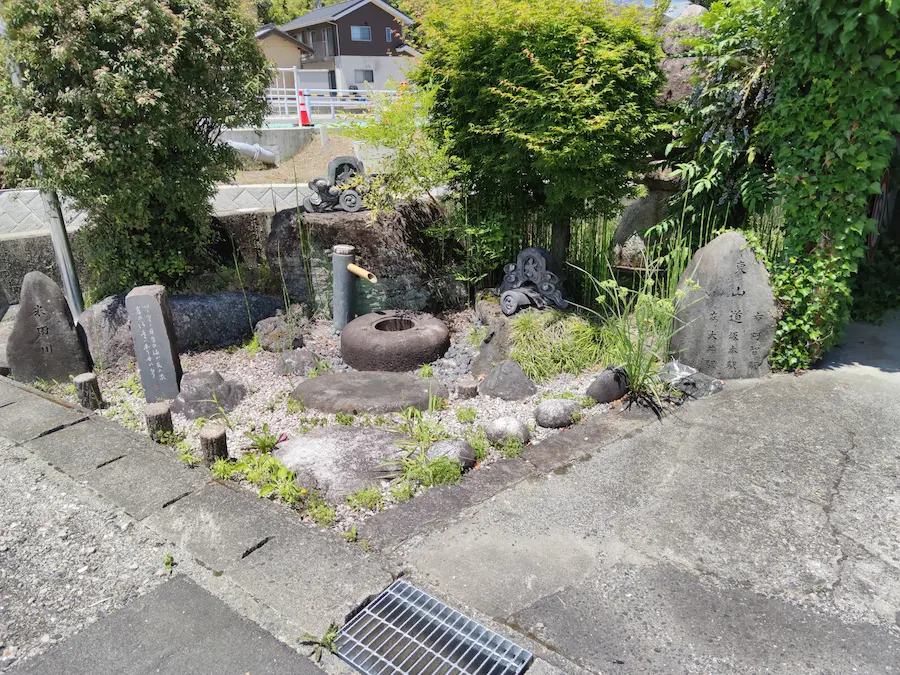
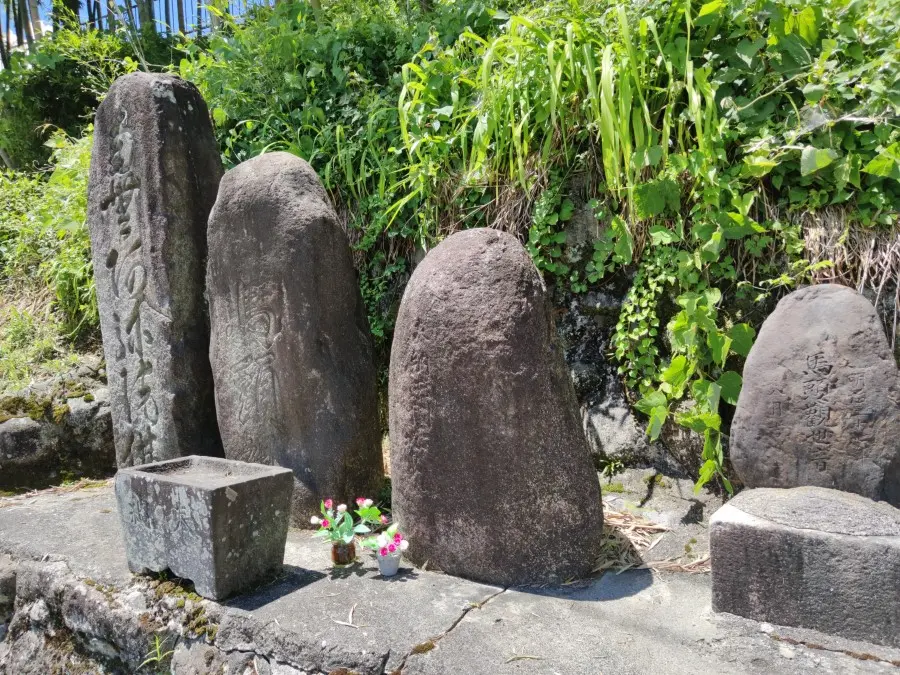
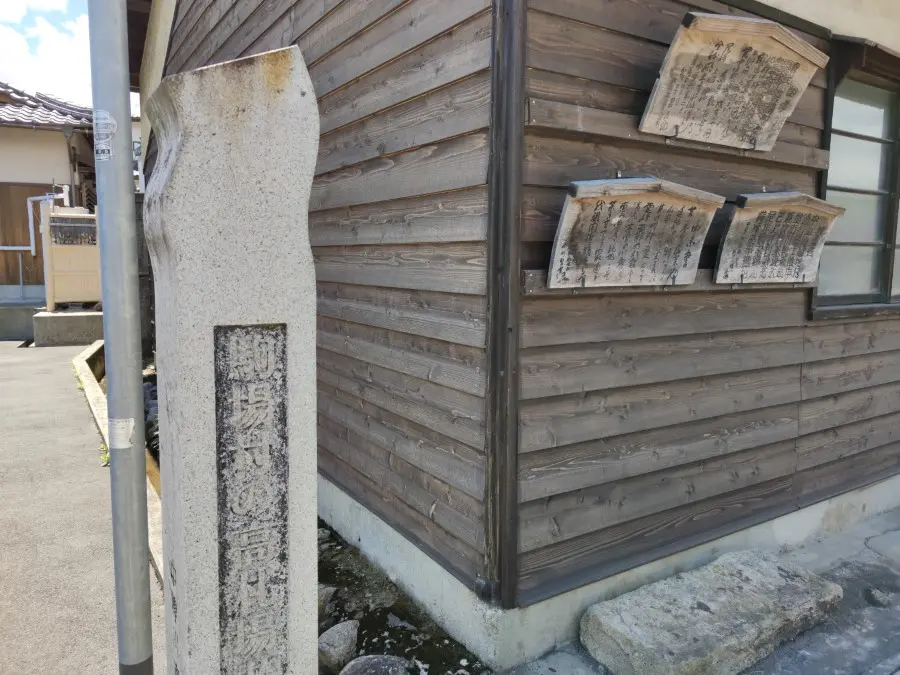

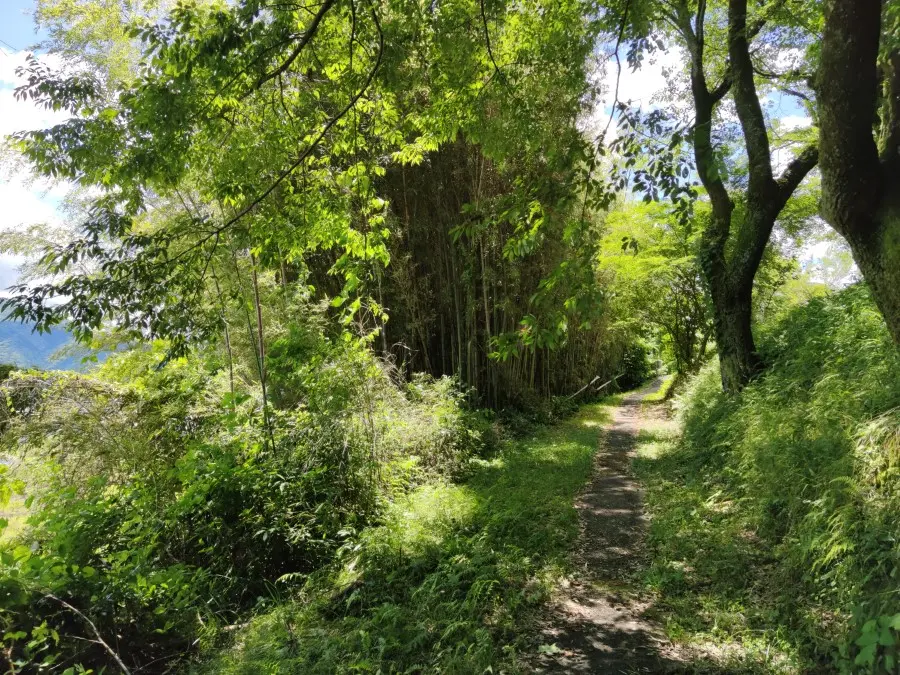
Climbing up the hill, there is a row of stone statues, among which is the Dosojin (Goddess of the Double Head and Single Body). The road heading north from this side is called Naegi Road, which used to head toward Naegi Castle. But is now cut off in the middle.
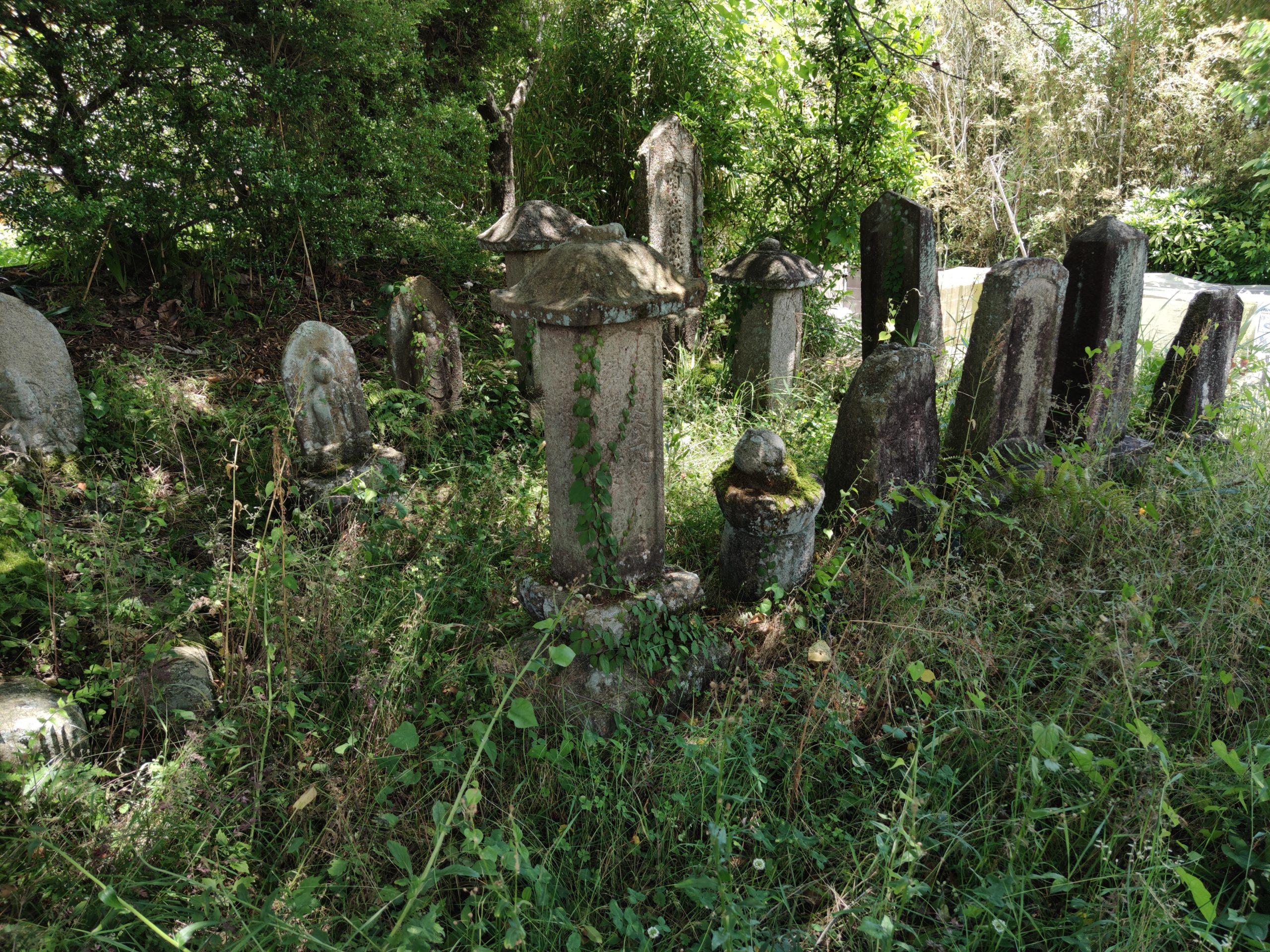
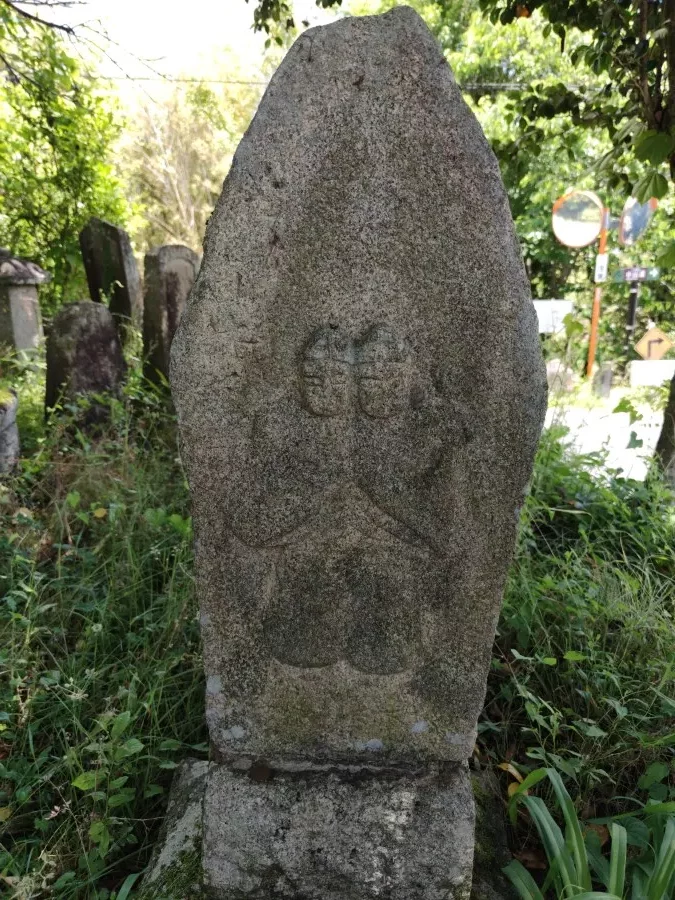
Although part of the Nakasendo Road has been lost to highway construction, detours have been established. So you will not get lost. Eventually, you will come to the Rokujizo Stone. A hexagonal pillar with six Jizo statues carved on it.

Bato Kannon
The tour continues on foot through the rural landscape. There are many signs, such as the Bato Kannon (Goddess of Mercy) and road signs. I heard that the Linear Line will run near here in the future.


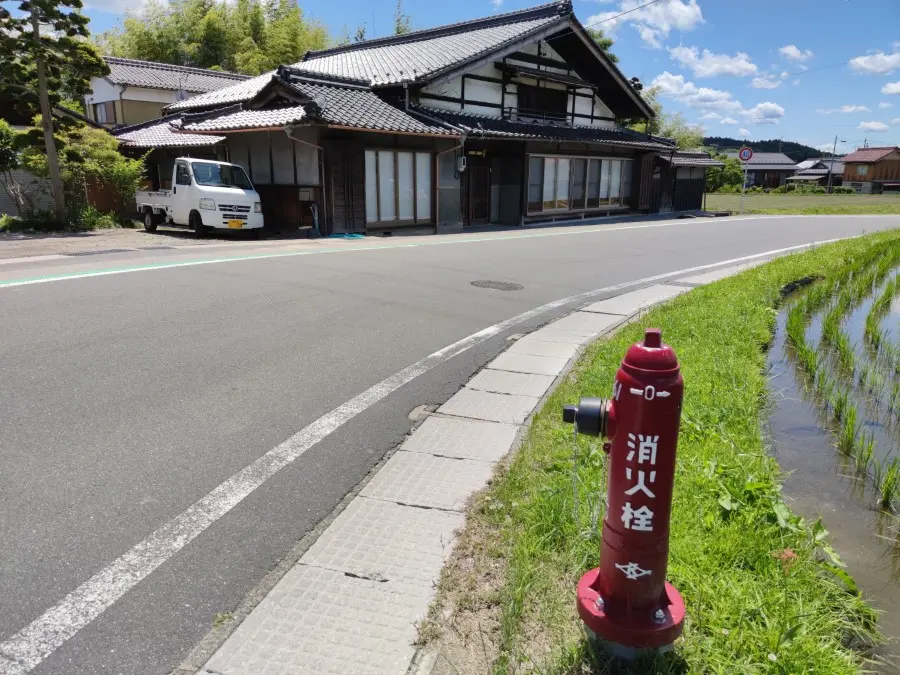
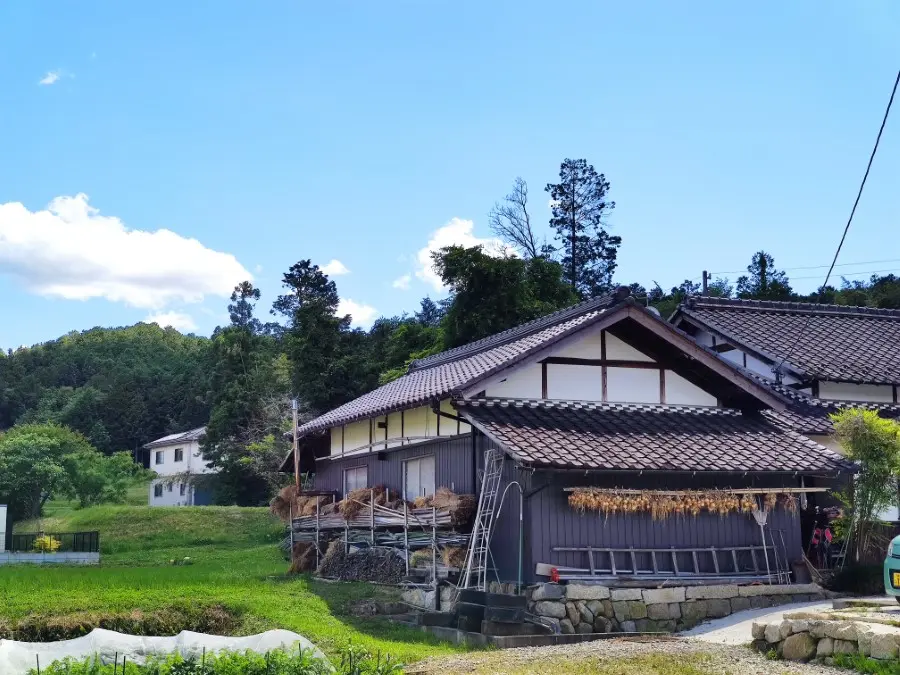
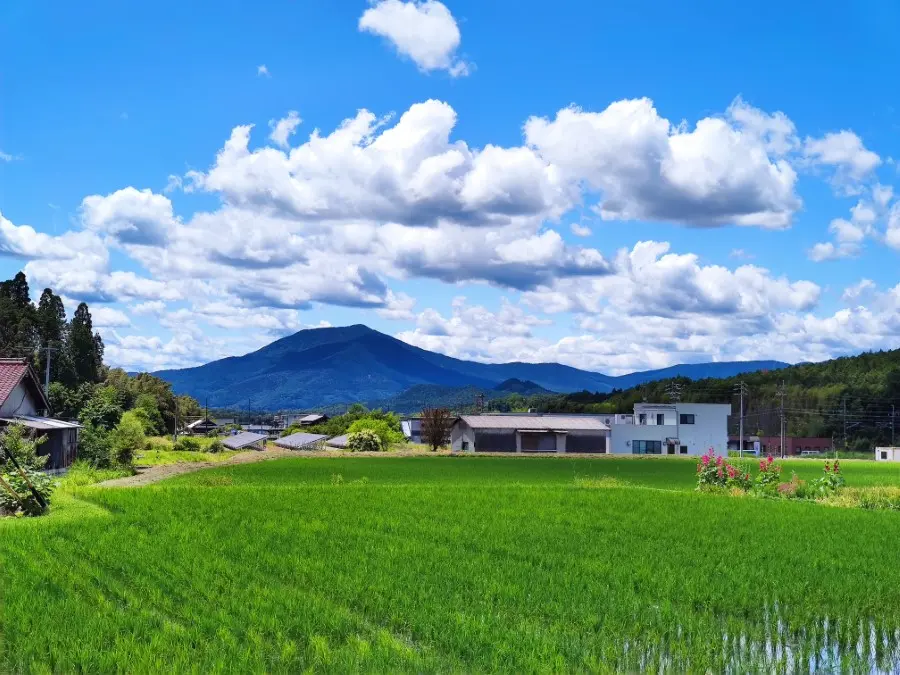
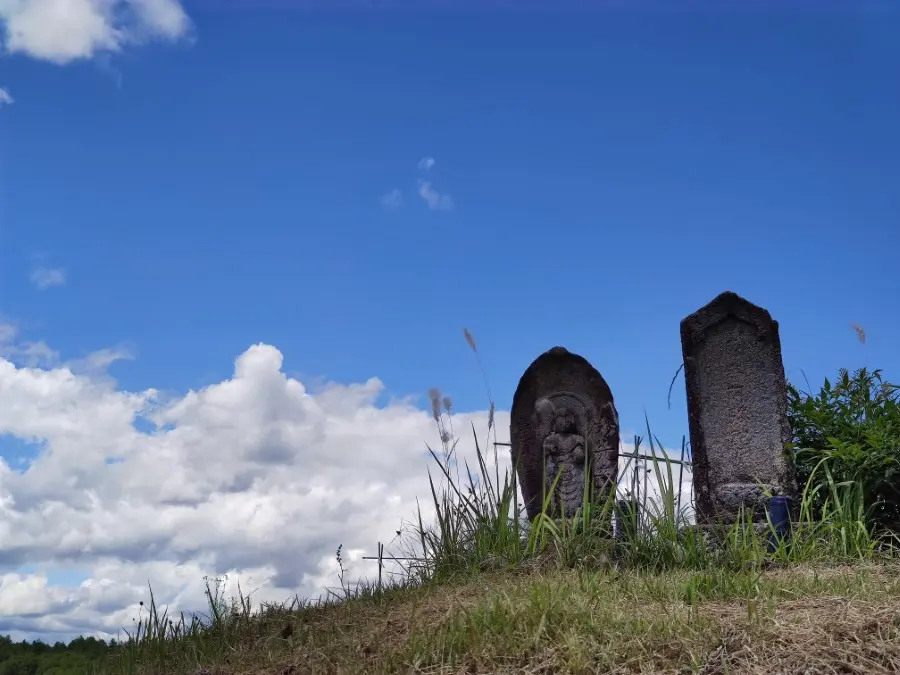
Eventually, there is a small Hokyointo (a Japanese box-shaped pagoda) called Shoganzuka (将監塚). This is said to be the tomb of Okada Shokan Zendo. Okada Shokan served Oda Nobunaga and Kato Kiyomasa, and in the Edo period (1603-1868), he became the second Mino governor and was stationed in this area as the official in charge of bringing out wooden materials for the construction of Nagoya Castle.
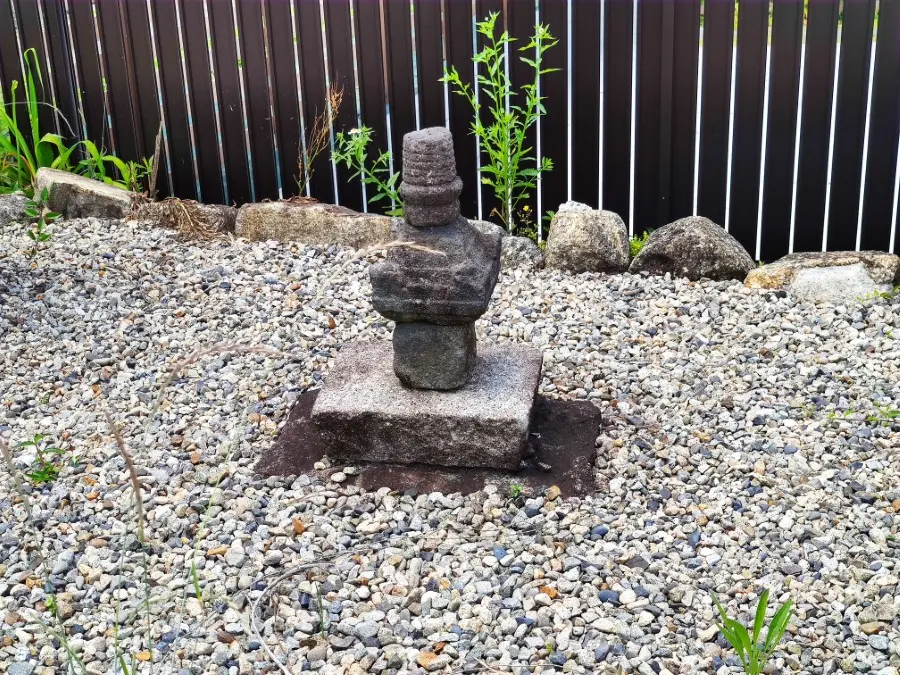
Walking on foot, you will see chestnut fields around the area. This area is famous for chestnuts.

And again, the Horse-headed Kannon. The head of the Horse-headed Avalokitesvara Bodhisattva is magnificent. This hiking trail has Horse-headed Avalokitesvara Bodhisattva everywhere.
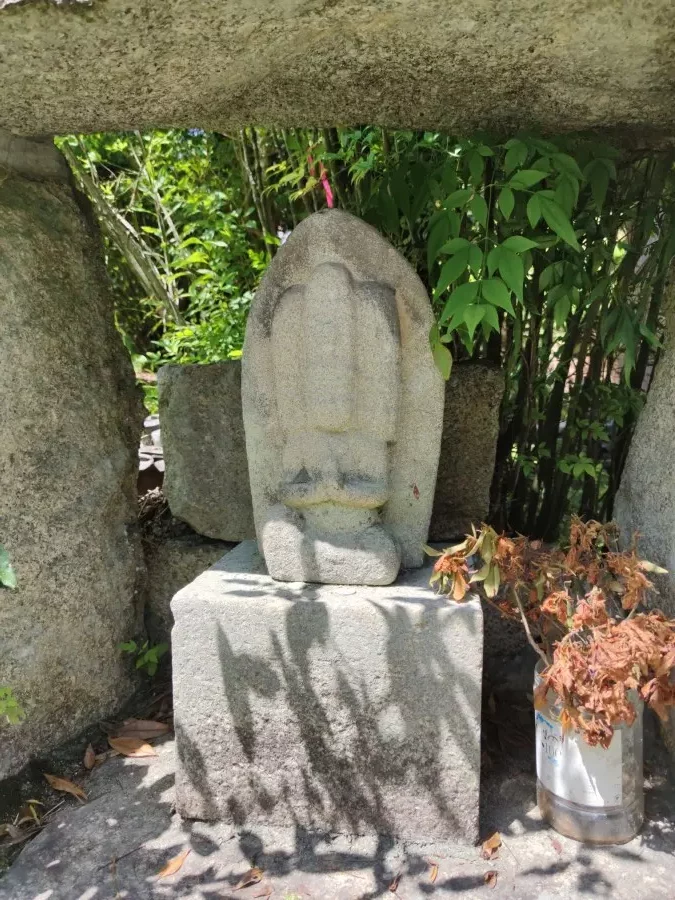
Next is the Bato Kannon (Goddess of Mercy) housed in a hall called Sakamoto Kannon-sama, inscribed in 1745. It does not look like it has been exposed to much wind and rain.

Nasugawa Village
Entering the former Nasugawa Village, you will find a large mansion called a small resting place. A branch of the Shinohara family, the chief vassals of Kaga Maehara, moved here. Princess Kazunomiya at the end of the Edo period, and Emperor Meiji also rested at this mansion when they passed through the Nakasendo. The Akiba Road to Enshu branches off from the side of the road at the place of the everlasting night light.


Continue on the tasteful road. The road enters Ena City from this area.
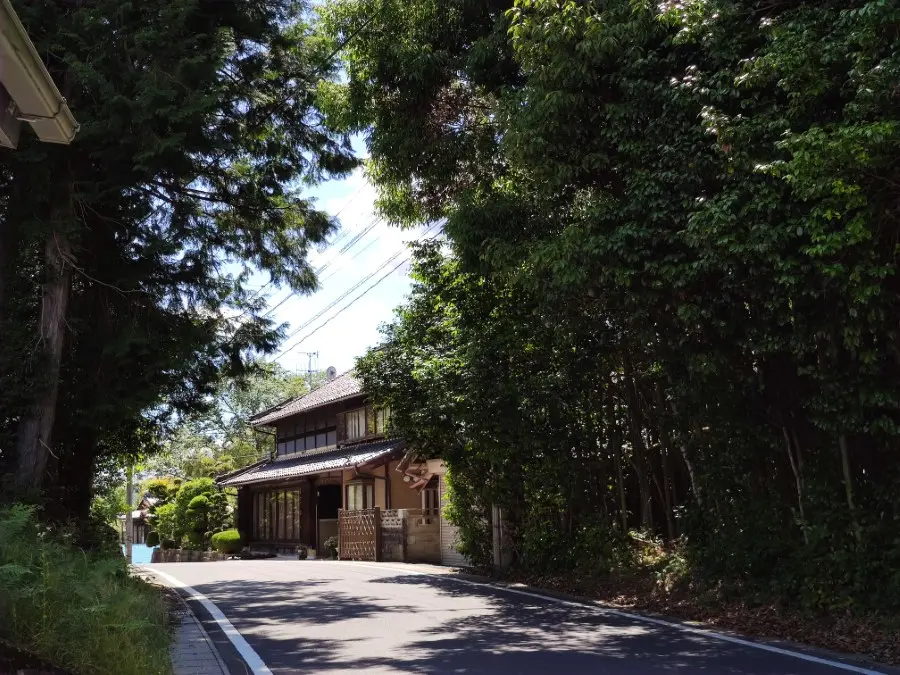

Eventually, a slightly long slope. This is the Jinpeizaka slope. At the top of the slope is Jinpeizaka Park. The park offers a good view and is said to be the location depicted in Hiroshige Utagawa’s “63 Tsugi Nakasendo (The 63rd Stages of the Nakasendo) Oijuku” (Oi Inn). There is also a mound “Umazuka Inuzuka”. “Jinpei” refers to Koreyuki Nezu Jinpei, who was a retainer of Minamoto no Yoritomo.
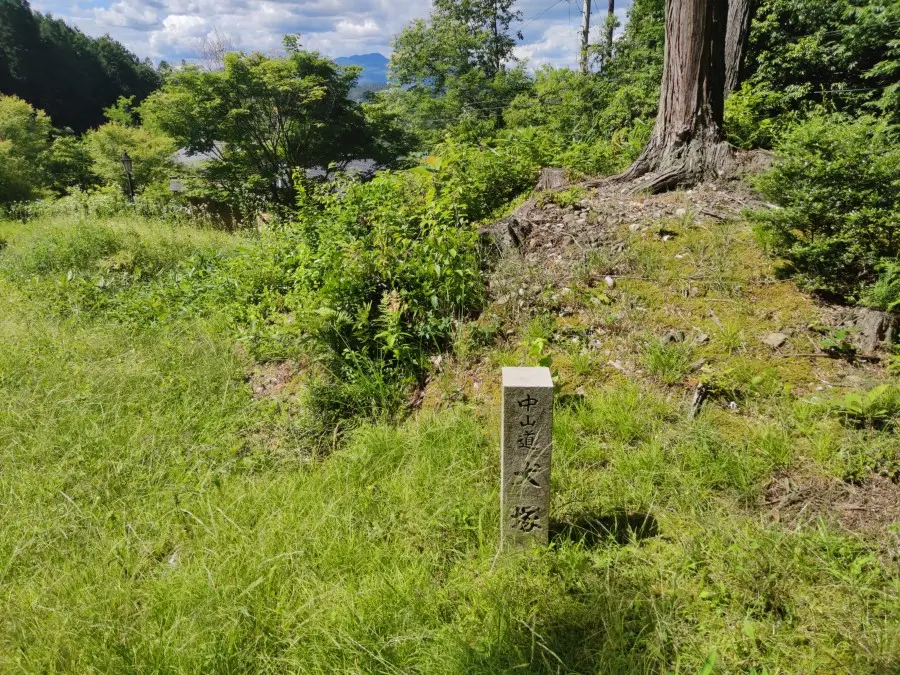
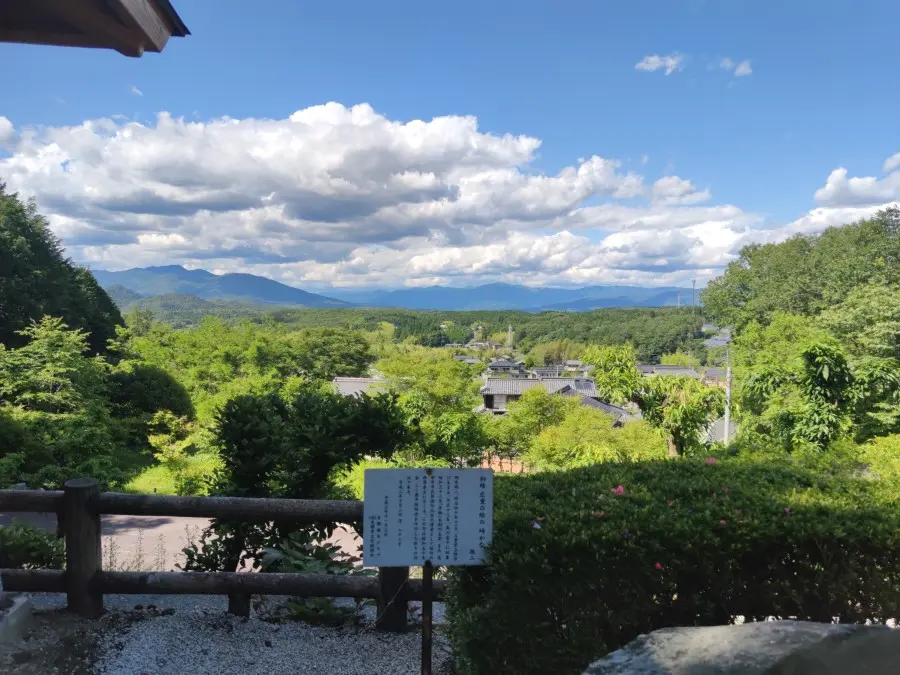
When you go down from Jinpeizaka, you will see Nezu Jinpei Ancestral Shrine on the east side of the hill. This is where so-called Sekido Hokyointo, which is thought to be Jinpei’s tomb or memorial tower, is enshrined. It is said that the pagoda was built in the Kamakura period (1185-1333). This is one of the largest Hokyointo pagoda in Gifu Prefecture.
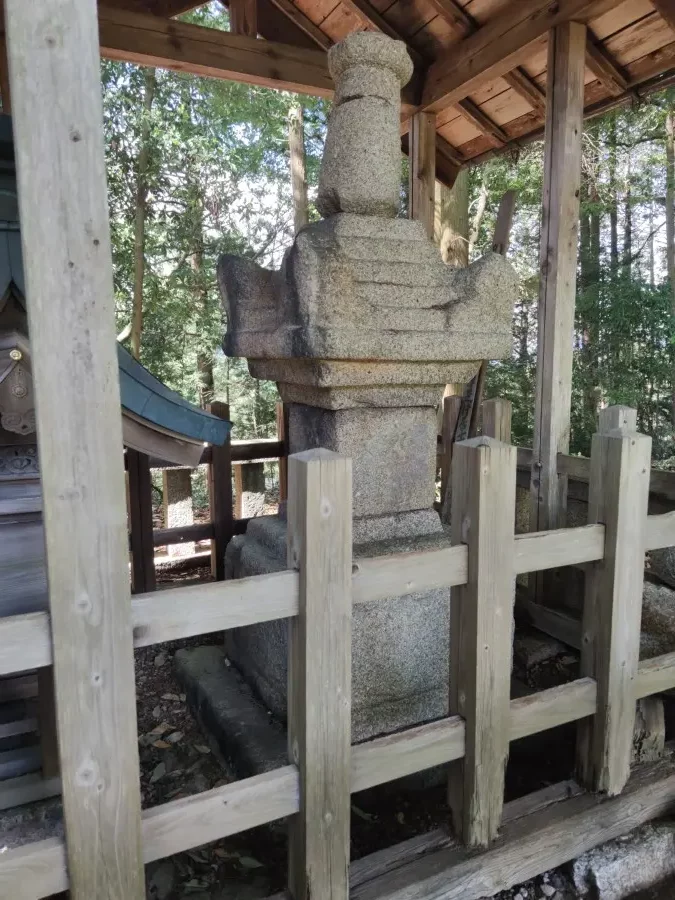
Eventually entering “Oi-juku,” there is a group of stone Buddhas at “Terasaka” in Kami-juku. In fact, there are many stone monuments or stone pagodas.
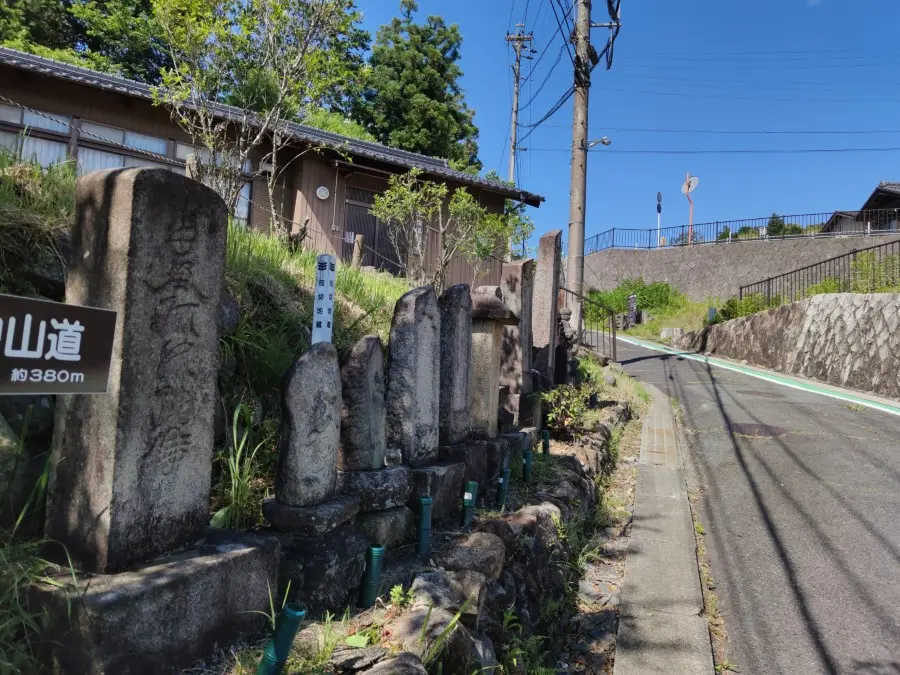
The Nakasendo passes under the Akechi Railway. Tall cars cannot pass through.

Oi-juku
Immediately ahead is the Masugata of Oi-juku. The Nakasendo road turns several times around this important group of buildings.

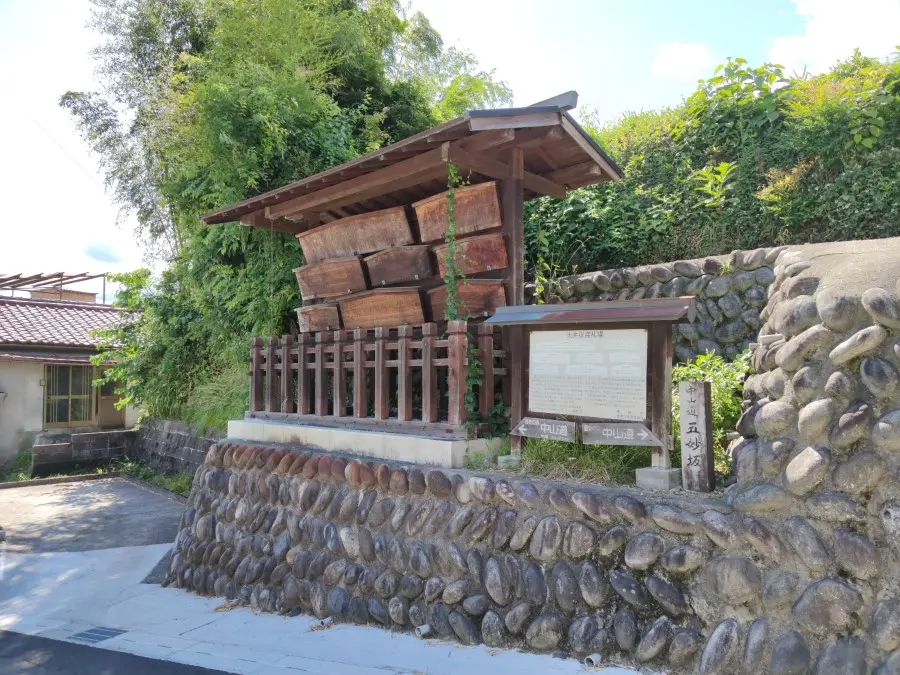


Before going to Ena Station, let’s stop by the Nakasendo Hiroshige Museum. I expected to see many Ukiyoe paintings by Hiroshige Utagawa, but at the time of the visit, the museum was holding an exhibition of Hokusai Katsushika, and only Hokusai’s paintings were on display….

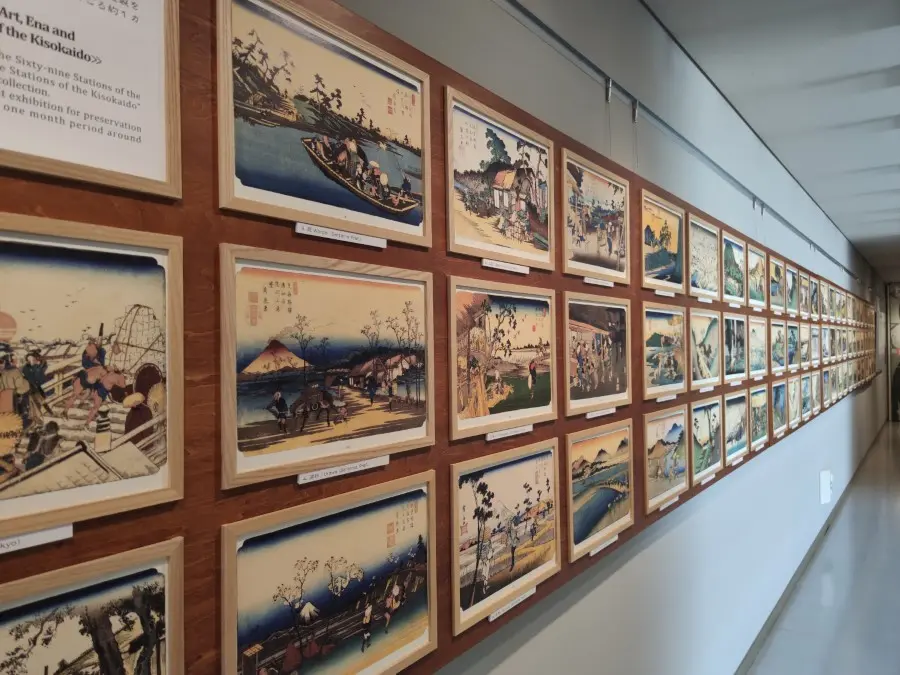
It takes about 3 minutes on foot from Nakasendo Hiroshige Museum of Art to JR Ena Station.
Starting point
This course starts from Nakatsugawa-juku. Walking from Oishuku, there is a lot of uphill walking.
Nakatsugawa-Oi Course time
This course takes about 5 hours, including the visit. It is a 13 km walk. The entire course is a paved road with gentle undulations.
Lunch at Kawasemi Restaurant
There are a limited number of restaurants along the way. At the time of the visit, we used a restaurant called Kawsemi. It is a set meal restaurant. An elderly couple run it for a long time. This place used to be a tempura restaurant.
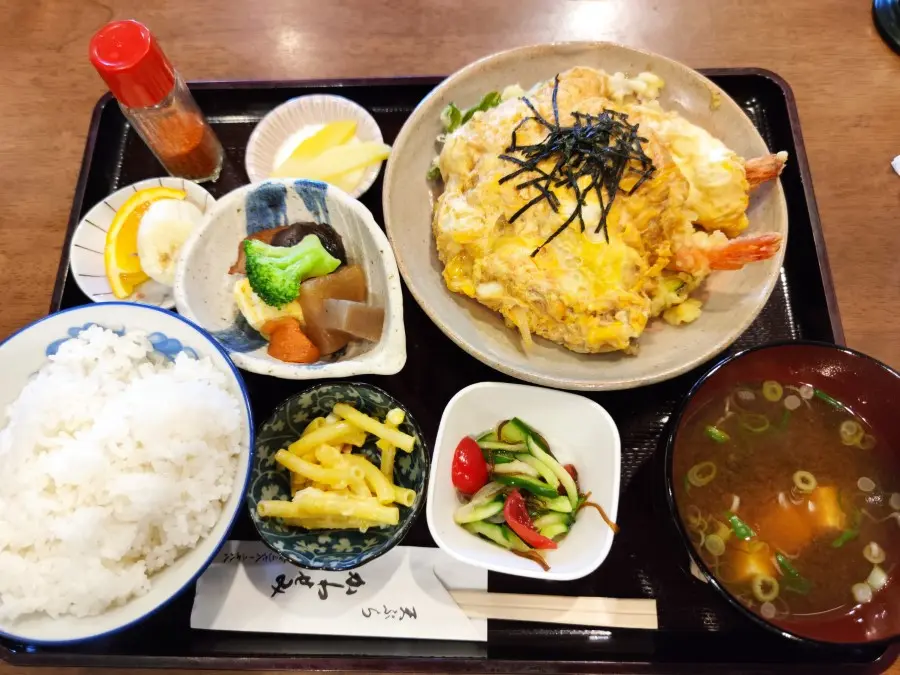
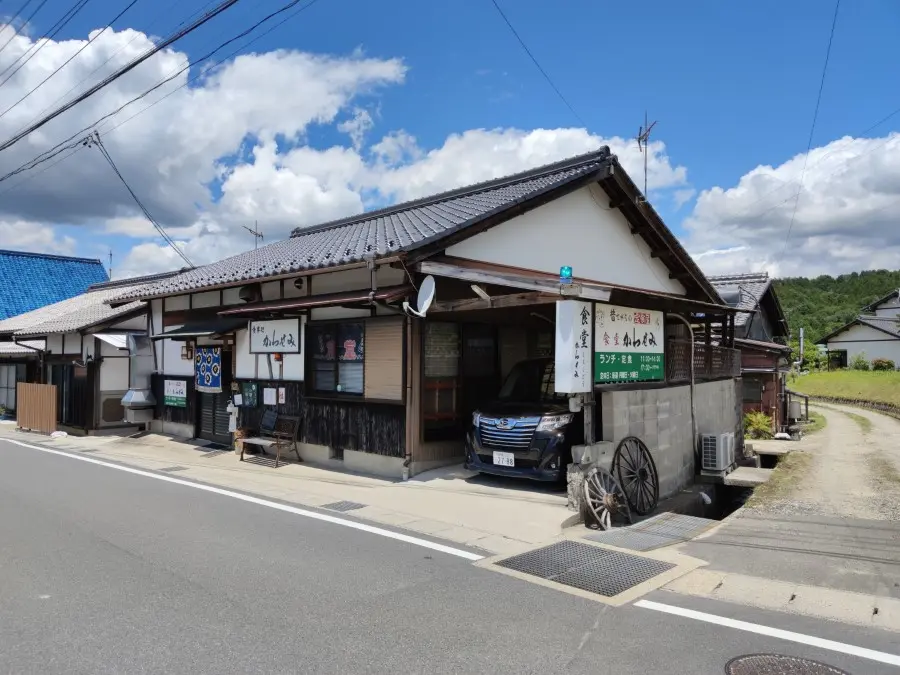
Toilet
There are public restrooms in parks along the way.
What to bring and wear
You can wear street clothes. Sneakers or trekking shoes are OK.
Ideal time for hiking Nakatsugawa-Oi
You can visit Nakatsugawa-Oi route all year round. But it is better to avoid the hot summer months and when there is snowfall.
Neighborhood Attractions
Ena, where Oi Inn is located, has a famous scenic spot called Ena Gorge.
Comments
One response to “Nakatsugawa-juku – Oi-juku hiking”
[…] English version here […]